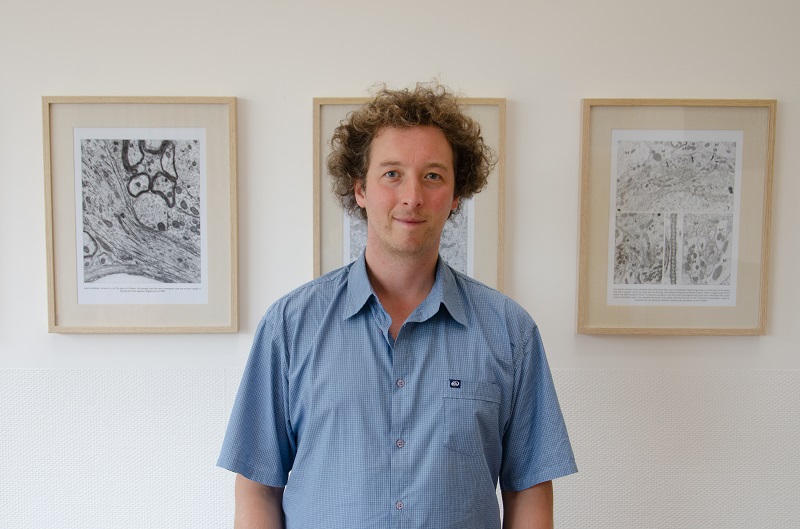A team from the Institute for Neurosciences develops and patents a hormone treatment for social behavioral disorders
27 de June de 2024
- The research team finds a physiological response to antisocial behavior in the corticotropin-releasing hormone or CRH.
- Current treatments for social anxiety or avoidant personality disorder are based on behavioral therapy or combined with antidepressants.
View the CSIC press release in the attached file (format file pdf).
A team from the Institute for Neurosciences of Alicante (IN-CSIC-UMH), a joint center of the Spanish National Research Council (CSIC) and the Miguel Hernández University (UMH) of Elche, has developed and patented a treatment for social behavioral disorders, such as anxiety or extreme introversion. It is based on the use of hormones that the brain generates naturally, which, as they have discovered, can regulate the behavioral response related to social interaction. The patent is based on a work published last year in Cell.
What happens in the brain of a person who suffers from social anxiety? Why do some children experience new relationships with perfect normality and others face concern and anticipated fear of separating from their parents? It is known that boys and girls have a natural social preference for their family figures. Now, at some point during their growth, this preference reverses and they seek new social interactions. However, in some cases this change does not happen naturally and social disorders and avoidant behaviors develop, which can lead to more serious problems. Is there some physiological basis that explains it?
A team led by Félix Leroy, a CSIC scientist at the IN-CSIC-UMH, had already found, researching in animal models, a response in a hormone that the brain produces naturally: corticotropin-releasing hormone (or CRH). His team demonstrated in 2023 that CRH, which was created by neurons in the infralimbic cortex -where emotional expression and alertness are regulated-, sends a signal to the lateral septum -a region that regulates motivated behaviors such as socialization or the search for food and security-, which suppresses social interactions with familiar mice.

Photo: Dr. Felix Leroy, Institute of Neurosciences CSIC-UMH.
This circuit, the scientists explain, contributes to reducing the preference for family relationships and increases the predilection for social novelty that adult mice show. Furthermore, the scientists saw that when the mice were two weeks old, they had an increase in the density of infralimbic neurons that release CRH, which was directly related to a change in the development of social preference in young mice: they went from choosing familiar companions to new ones.
Through a combination of electrophysiological, chemogenetic, optogenetic, calcium recording and gene silencing techniques, the team has shown that this hormone modulates socialization preferences. As the IN-CSIC-UMH scientist explains, "Our team has observed that, with the use of hormones, socialization preferences can be modulated and favor interaction with new individuals, thus facilitating the creation of new social bonds." This response is of special interest to treat disorders related to apathy, phobia, or anxiety that some people can develop in unfamiliar social environments.
The discovery may be an initial step for the development of treatments based on this natural molecule, which has begun to be tested in phase 1 preclinical trials, since to date no side effects have been detected and the results are promising. It would be an alternative to current treatments that, in the case of social anxiety or avoidant personality disorder, are based on behavioral therapy or combined with antidepressants or anxiolytics, which only partially improve symptoms and can cause adverse side effects. There are currently no medications for social anxiety disorder (SAD) recommended by the United States Food and Drug Administration (FDA) or the European Medicines Agency (EMA).
The researchers are negotiating with pharmaceutical companies interested in licensing the patent for the development of treatments based on this technology. It would be the first specific molecule to treat social anxiety disorders, which would avoid the use of other non-specific synthetic drugs, as well as their adverse effects.
Source: CSIC Comunitat Valenciana (g.prensa@dicv.csic.es)

 Español
Español